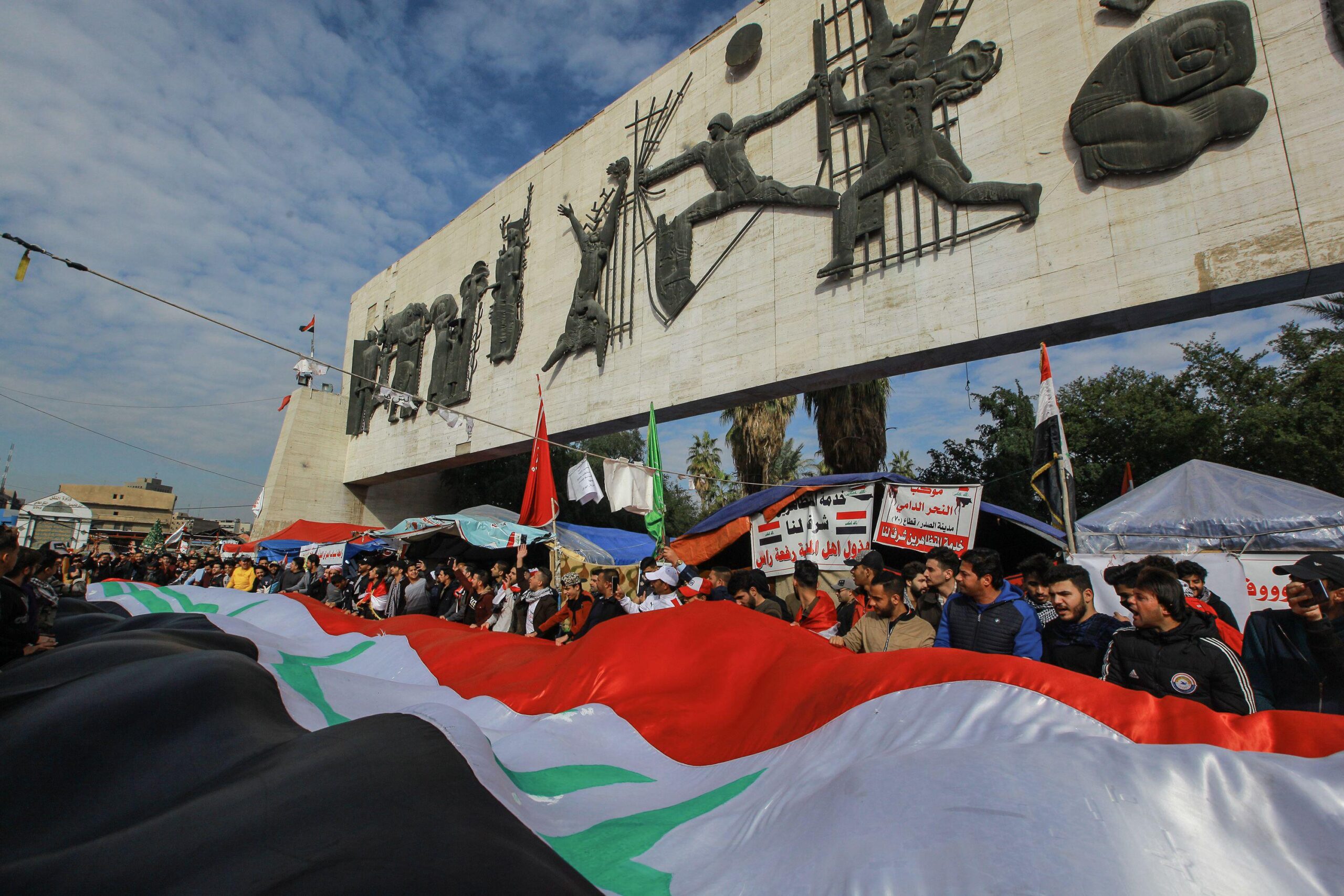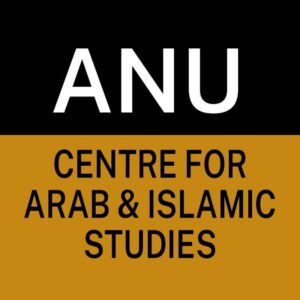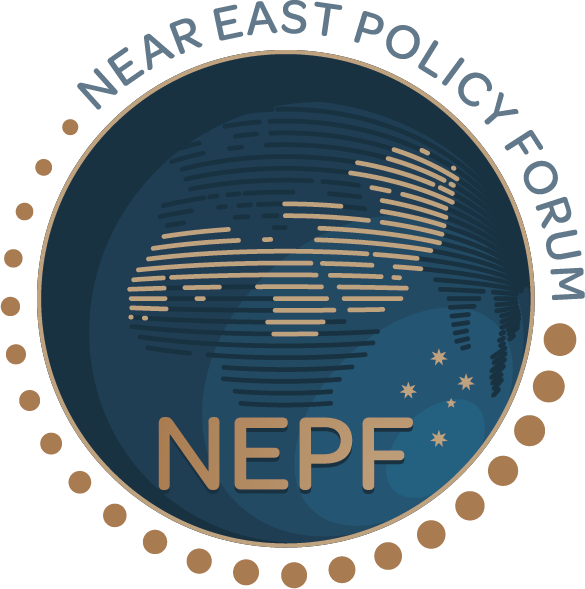With the October 2021 Iraqi Parliamentary elections recording the lowest ever voter turnout in post-2003 Iraq, there is little doubt that Iraq’s yet-to-be-announced next government already faces a legitimacy crisis. Amid the problems that Iraq faces in overcoming its domestic challenges, there is a massive driver of its cyclical political system in neighbouring Iran of which is either not fully understood, or not discussed enough. Whether Western scholars, analysts and policy makers like to admit it or not, Iran is now a key regional force in the Middle-East and Iraq is one of the key cash cows that funds and maintains this power. Of course, Iran’s domination of Iraq has not happened by accident, nor is it easy to alleviate. Tehran’s systematic success is best explained by understanding how the legacy of the US occupation in Iraq created opportunities that were complexly capitalised upon by Iran. Understanding how Baghdad’s stagnation is maintained enables not only understanding of how to move forward for Iraq, but also the true nature of what Iranian power represents and how it works and operates. The question is whether Iraq can truly unite to utilise a new dawn of optimism with its very own ‘New Deal’ intervention that inspires its political system to produce effective, measurable and achievable national strategy, amid Tehran’s relentless efforts to keep Iraq’s cycle going.
The success of Iranian grand strategy through Iraq as a cash cow
One of the legacies the US left in Iraq was an elitist political system – an oxymoron of both division and unity at the core, whilst completely out of touch with ordinary Iraqis. It is common knowledge that unrepresentative Iraqi political elites bid to share out the nation’s resources, with millions of Iraqis left unrepresented and without prospects. While the majority of Iraq’s populace struggle with existential crises, Iraq’s elites remain fortified and continue to govern through a system known as ‘muhasassa’ and ‘wasta’. Although, divides along ethnic and sectarian lines remain a key theme when identifying the causes of disagreement between competing sects, there appears to be cross-cutting unity when forming post-election political blocs in Iraq’s government. Hence, it is not elections that determine political outcomes in Iraq, it is political blocs that are the first line of dysfunctional government, through ministerial fiefdoms where political parties are given ministries in exchange for support in forming governing blocs. The key issue is that there is no clear progressive national governmental strategy, which in turn severely impedes development and weakens the Iraqi state. Additionally, pathways of influence into the Iraqi state are made possible through the various divisions that exist, making Iraq not only weak in national strategy, but also open to foreign penetration.
In capitalising upon the strategically weak and divided Iraqi state – whilst working hard to maintain things as they are – there is a key driver in neighboring Iran. Tehran has not only come out on top as a result of the 2003 US occupation, but has also been able to utilise Iraq as a cash-cow to fund a comprehensive grand strategy in the Middle East. Tehran’s participation in the Iran–Iraq War shaped the intellectual foundation of its current military model, with Iran suffering more than a million casualties and just under half a million fatalities. The cost of the war – as much as $645 billion – and the long-term damage to Iran’s economy and infrastructure bore many lessons that have since been manipulated. The policy that Iran would pursue moving forward would involve the creation and conditioning of allies, where future domestic defences and foreign activities would depend on layered defences and asymmetric responses, in order for Iran to overcome potential threats from stronger powers. When examining the Islamic Republic’s constitution, there is clear intention to export Iran’s revolution, and since the 1980’s, the growth of Iranian influence in the Middle-East has been an example of this in practise. From the time when the 1979 revolution took place, Iran’s supreme leaders have led a foreign policy in which Iran conducts itself as the self-appointed leader of the world’s Shiite Muslims, with an emphasis on states in close proximity in the Middle-East. The various regional interventions in defence of Shiite Islam constitutes evidence of Tehran’s commitment to gather and devote resources for its cause. Fast forward to 2021, Iran has a presence in Iraq, Lebanon, , Syria, and Yemen with activities and influence in Saudi Arabia, Bahrain, and Kuwait, as well other influence in wider Asia, including Afghanistan and Pakistan.
US failures – from invasion to gifting Iraq to Iran
Regardless of whether the US had the right ideas for Iraq in 2003, its approach and the audacity of it – the bombing campaign, marginalisation of Iraqis, the corruption by the occupation authorities, un-democratic selections of Iraqi elites, the violation of international law, zero-bid contracts to corporations where US decision-makers had interests and to Bush election campaign donors to name but a few – alongside a clear disregard for the will, interests and security of ordinary Iraqis contributed to a deadly anti-US insurgency as opposed to US expectations of embrace. Of course, corporate US elites creating Iraq’s political system using divide and conquer approaches in the constitution-making process would be a disaster when adding to the complexity of challenges already dominating a deeply divided Iraq. How Iraq’s political system would look post-2005 would be a combination of many intricacies; past social customs of socialism, historically deep-rooted divides, a legacy from US occupation, and the elite-serving political system it left, all of which has created a culture where short term fixes and interests dominate the thinking of politicians and ordinary Iraqis. Even the exhausting task of changing this system is at best centred around revolution culture, a legacy of past regimes, usually involving demonstrations or political violence, all of which fail to address the intellectual roots and cyclical nature of Iraqi society and politics – the vary ideas, thoughts and beliefs that drive it, and which continue to produce its leaders.
US failures in Iraq were broadcast to Iraqis, the Middle East region, and the world, with opinion polls plummeting in favourability towards the US, especially when it came to whether America could truly deliver security and peace in the region. Meanwhile, for Tehran, empowering the regions Shiites in a Sunni-dominated Middle East remained ambitious, yet achievable because of the intricacies that were leveraged upon, with Iraq being the central pivot point economically and militarily.
The intricate approach means that Iranian influence in Iraq is multi-faceted, embedded and effectively maintained, whereby the economic and security aims of Tehran are pursued through Baghdad. For example, Tehran plays an active role in influencing the selection of the Prime Minister, Cabinet Members and Ministers, whilst also supporting (advising, funding and arming – the latter in some cases) political parties and individual candidates. Meanwhile, Tehran’s strategy is all-encompassing, where they approach and are willing to work with all political parties inside Iraq in a tailored, interest-based and effective manner, drawing on various commonalities. Naturally this enables influence in impacting national strategy, spreading ideologies and using leverage in other areas (especially militias) for political bargaining. Simultaneously, there are consistent – direct and indirect – attempts at embedding pro-Iranian sentiments and anti-US and anti- Saudi Arabia ideology in political parties, university institutions, religious venues, TV, Radio and through various other means.
Given that Iraq – with little fiscal stimulus – has a massive internal consumer market of around 40 million Iraqis, the fruits of Iranian labour come in the way of dominating these markets in terms of products and services. This ranges from food, construction materials, and pharmaceuticals through to services; from security, to construction and even rubbish removal services. When it comes to Iraq’s national security, well known Iranian state-sponsored and connected militias and proxies are embedded into Iraq’s military and security services.
The militias were made a permanent fixture in Iraq’s security forces thanks to the Iraqi parliament who passed a law in 2016. Since 2011, protests and popular movements that challenged elite dominance or questioned the government – or their domination by Iran – have been violently repressed. The presence of Iran in the heart of Iraqi politics has been historically fortified through a Shiite-dominated government that has depended on the Iranian Popular Mobilisation Forces (PMF) to maintain order in Iraq, with many reports that detail the use of snipers by Iranian-backed militias in numerous anti-government protests since 2019. Geographically, Iranian-backed proxies hold key strategic roles and locations throughout Iraq which are often also used to advance other interests separate to Iraq’s national and security aims. For example, many militia groups carry their own flags, have their own ideologies and have been officially recorded in their targeting of Sunni and Kurdish groups discriminately, forcing many internal displacements.
Maintaining the cycle – violence, intellectual repression and ‘jobs-for-votes’
In addition to supporting Iraq’s unrepresentative elites and the subsequent stagnated political system, Iran works hard to maintain the current order through a close monitoring and discreet promotion of a systematic cycle which faces instability but does not deviate from the promotion and protection of Iranian interests. This extents to those who speak out against Iranian influence in Iraq, and those who protest in general at the lack of services and unemployment are either attacked violently or killed, with Hisham al Hashemi and Reham Yacoub being two high profile examples. The cycle relies on key intellectual repressors which effectively prevent, restrain, and dominate the minds and thoughts of ordinary Iraqis, for example the lack of basic services in water and electricity. This intellectual repression perpetuates further when coupled with the high unemployment and civil service salary crises, whereby the central government of Iraq and the Kurdish Regional Government have been either delaying, part-paying or not paying salaries at all in some cases, with back-logs of salaries owed.
Meanwhile, faith in changing the political system through the ballot box has been on the decrease since 2005. The way in which dominant elites have managed to maintain control is through the infamous ‘jobs-for-votes’ scheme where voters vote for the political parties who control the ministries they are employed by. It was therefore no surprise that even in the latest election – with such a low turnout – the 9 million Iraqis who voted were almost equal to the amount on the public sector payroll.
What’s next for Iraq?
The latest elections suggest that the political tectonics in Iraq may be moving away from Iranian allegiance, as Muqtada al-Sadr, who is an Iraqi nationalist known for his indirect anti-Iran sentiments, witnessed his party gain the most with 73 seats, up 19 seats from the 54 won in 2018. Meanwhile, Fatah, the coalition who represents the Iranian-backed PMF, saw a massive decrease of seats from 48 to 17. These results are even more promising for US interests as Sadr has changed his previous anti-US sentiments and has recently called for US forces to remain in Iraq. Most recently, the popular cleric worked rigorously to sideline Iran-backed factions by attempting to form a consensus government without them, despite the risk of blowback from the Iranian-backed militias.
As Iranian influence and popularity appears to be waning, it should be noted that Tehran’s approaches to securing influence in the region have been historically dynamic, hard-wearing and effective in managing challenges. For example, Tehran has been able to utilise an unsettled Iraq consistently in its favour whilst managing challenges to its influence from the US. Furthermore, Iranian-influenced militias are formally embedded as part of Iraq’s national security defenses, meaning Tehran has a permanent channel of influence in the country. It should also be noted that Iraq is too important for Iran to let go without a multi-dimensional conflict or before drying the economic windfalls of its presence in the country. The US’s role is also pertinent, as it could be argued that for Iraq to genuinely break free from the dominance of Iran, the US would have to re-engineer its influence in the country, and possibly the region.
The views expressed in the Near East Policy Forum are those of the authors and do not represent the views of the Near East Policy Forum or any of its partner organisations.




